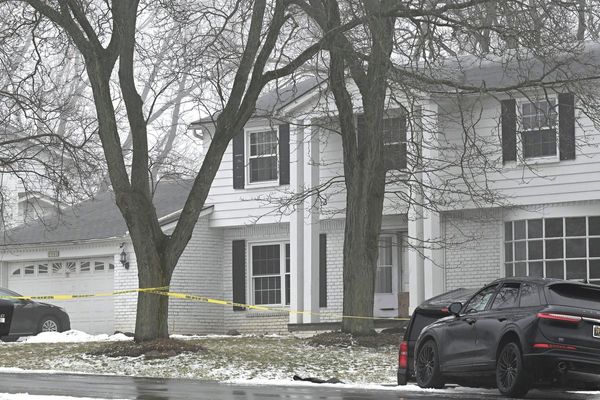Five east coast American states have declared weather emergencies, after a massive winter storm hit with hurricane-strength winds and record blizzards.
The snowstorm thrashed parts of 10 states and some major population centres, including Philadelphia, New York and Boston, with blizzard warnings that stretched from Virginia to Maine.
Winds flung heavy snow that made travel treacherous or impossible, and flooding coastlines.
Gusts reached as high as 134kph in some areas with snow of up to 48 centimetres falling by midafternoon on parts of New Jersey's shore and eastern Long Island.
The wind scoured the ground bare in some spots and piled the snow into huge drifts in others.
The storm prompted airlines to cancel nearly 6,000 flights through the weekend, Amtrak to halt its passenger rail service across much of the region, and the main commuter line for Long Island to suspend its operations for at least one full day.
Flood warnings were issued for coastal areas across much of the east coast.
More than 120,000 homes and businesses lost power in Massachusetts, with failures mounting. No other states reported widespread outages.
The National Weather Service issued a blizzard warning for the Boston metropolitan area and its nearly 4.9 million residents, predicting "whiteout conditions" and damaging winds.
More than 900 ploughs and salt spreaders were brought in to Boston to clear the roads.
Forecasters said more than 60cm of snow could fall in some areas.
Cape Cod and the island of Martha's Vineyard were expected to be among the areas worst effected.
The storm hit nearly 44 years to the day after a monstrous blizzard crippled New England in 1978.
Dumping more than 70cm of snow on Boston, that storm killed dozens of people, trapped others in their homes and shut down major highways for a week.
Climate change, particularly the warming ocean, probably influenced the strength of the storm, atmospheric researchers said.
Much warmer ocean waters "are certainly playing a role in the strengthening of the storm system and increased moisture available for the storm," said University of Oklahoma meteorology professor Jason Furtado.
ABC/wires







